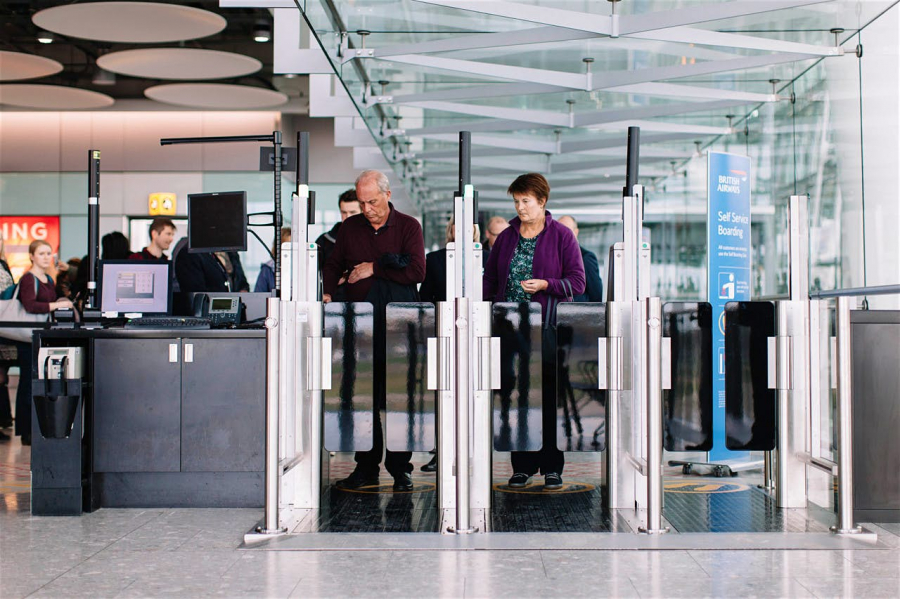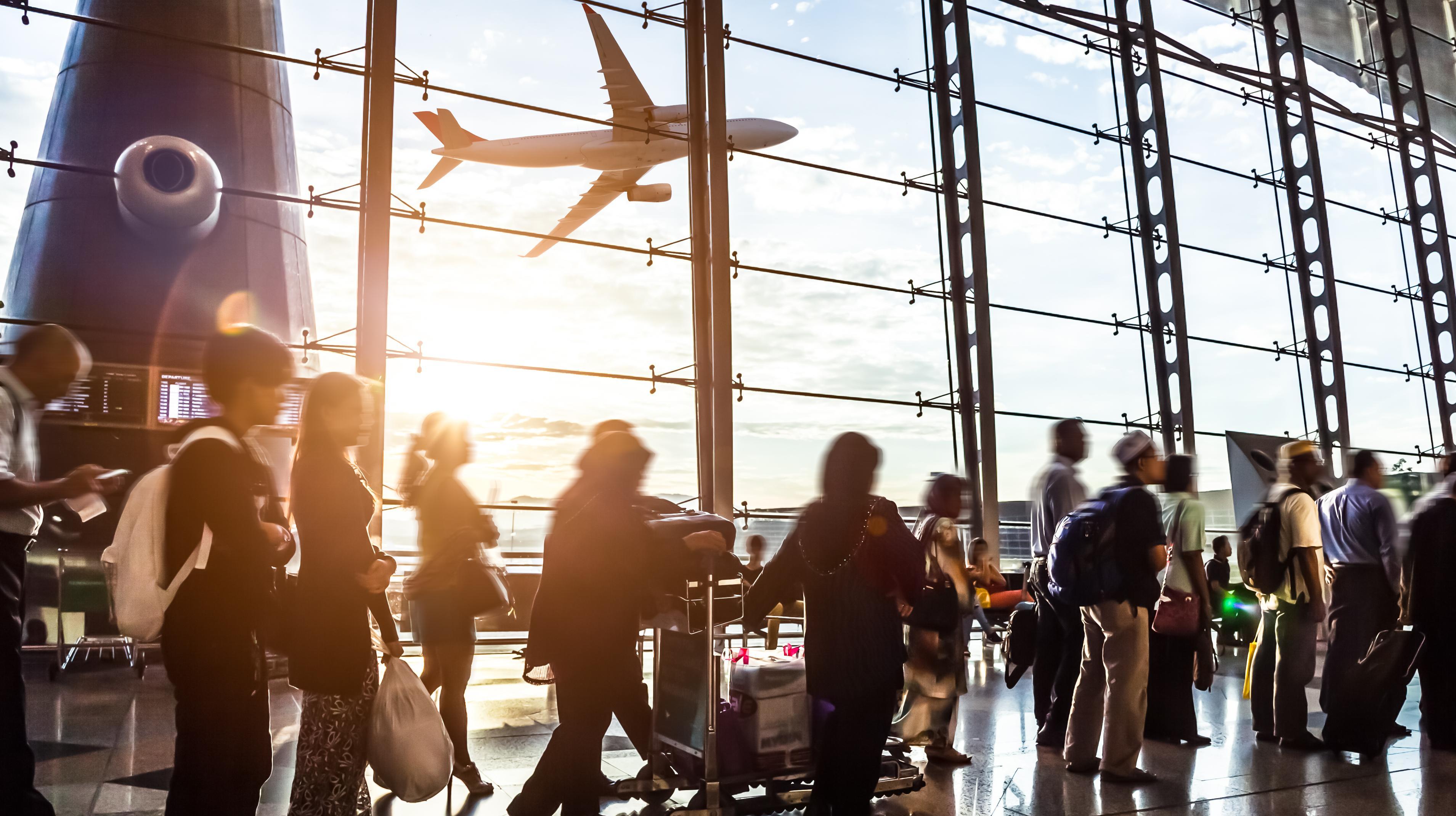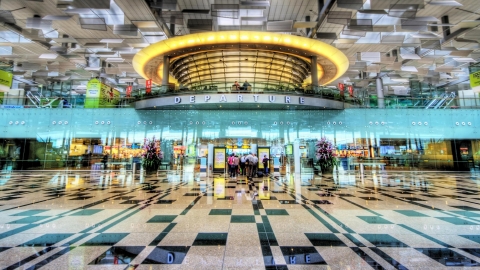Technology will play a bigger role at airports in the next 10 years and will be a key driver in creating the best travel experiences for customers. “Today’s technological innovations are especially important to how an airport operates as global passenger numbers are expected to double by 2040,” said Nina Brooks, Director of Security, IT Support for Airports Council International (ACI).

Biometric passenger identification
This technology allows airports to verify the identity of passengers at the departure gate using fingerprints and facial features. Singapore's Changi Airport recently began a trial at Terminal 4, allowing passengers to bypass the need to present their passports when passing through the departure gate. Instead, they will be identified by close-up facial scanners. British Airways has also recently installed biometric technology for all domestic flights departing from Heathrow Terminal 5.
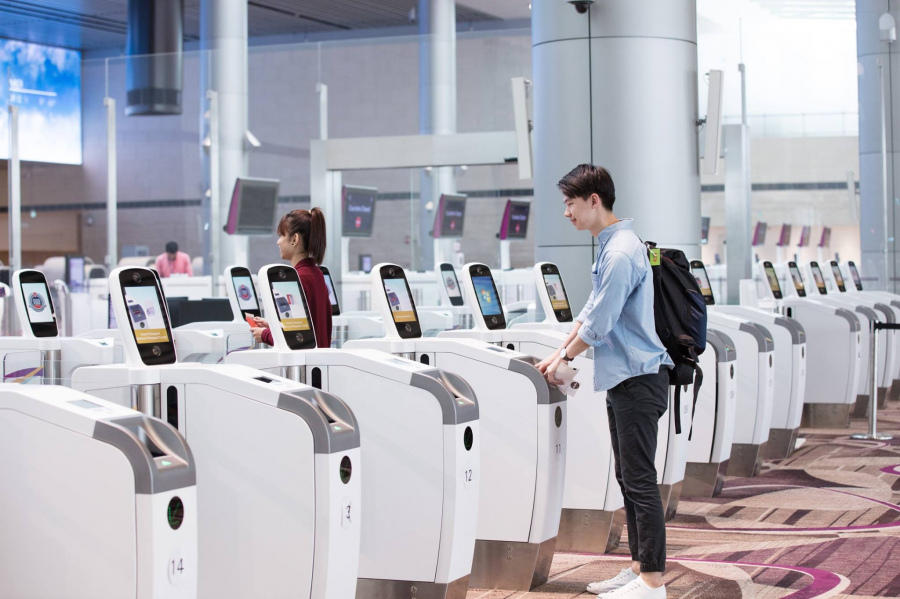
Biometric technology applied at Changi Airport, Singapore
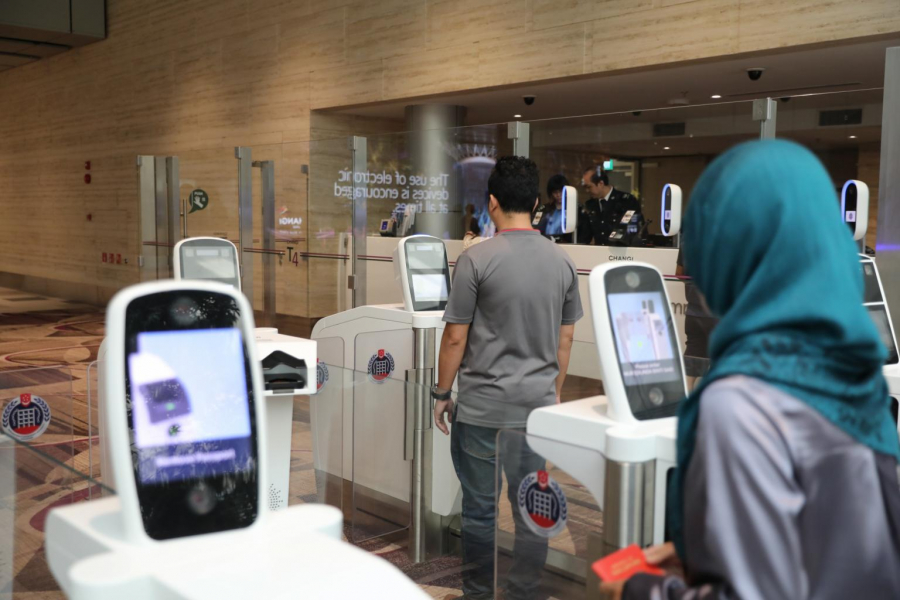
Artificial intelligence
Artificial intelligence - AI is used to operate airports better, especially for large-scale airports with huge passenger volumes. Since this year, British Airways has been testing robots at Heathrow Terminal 5. These robots interact with passengers in many languages and can answer dozens of questions related to passengers' flight information. They can even move around the terminal and take customers to service areas, advice...
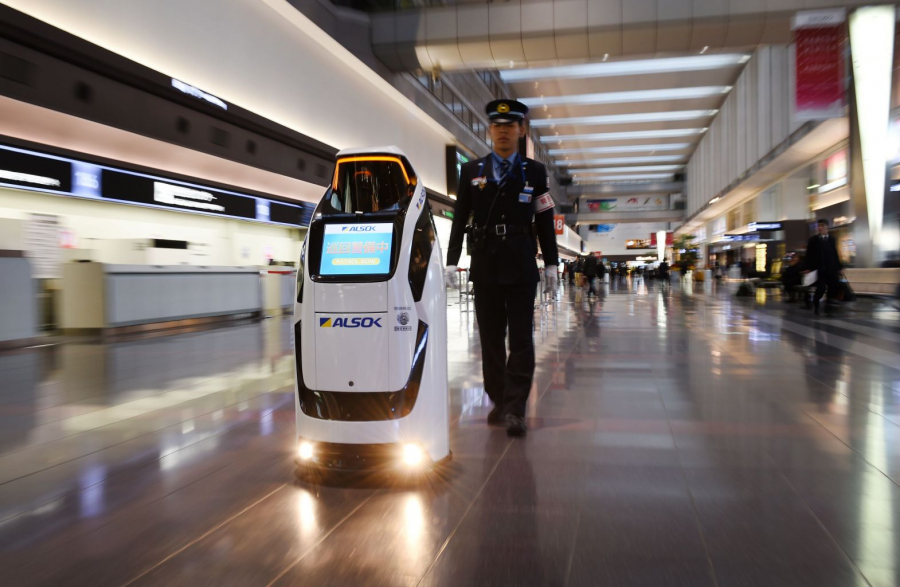
Robots provide information at Tokyo airport
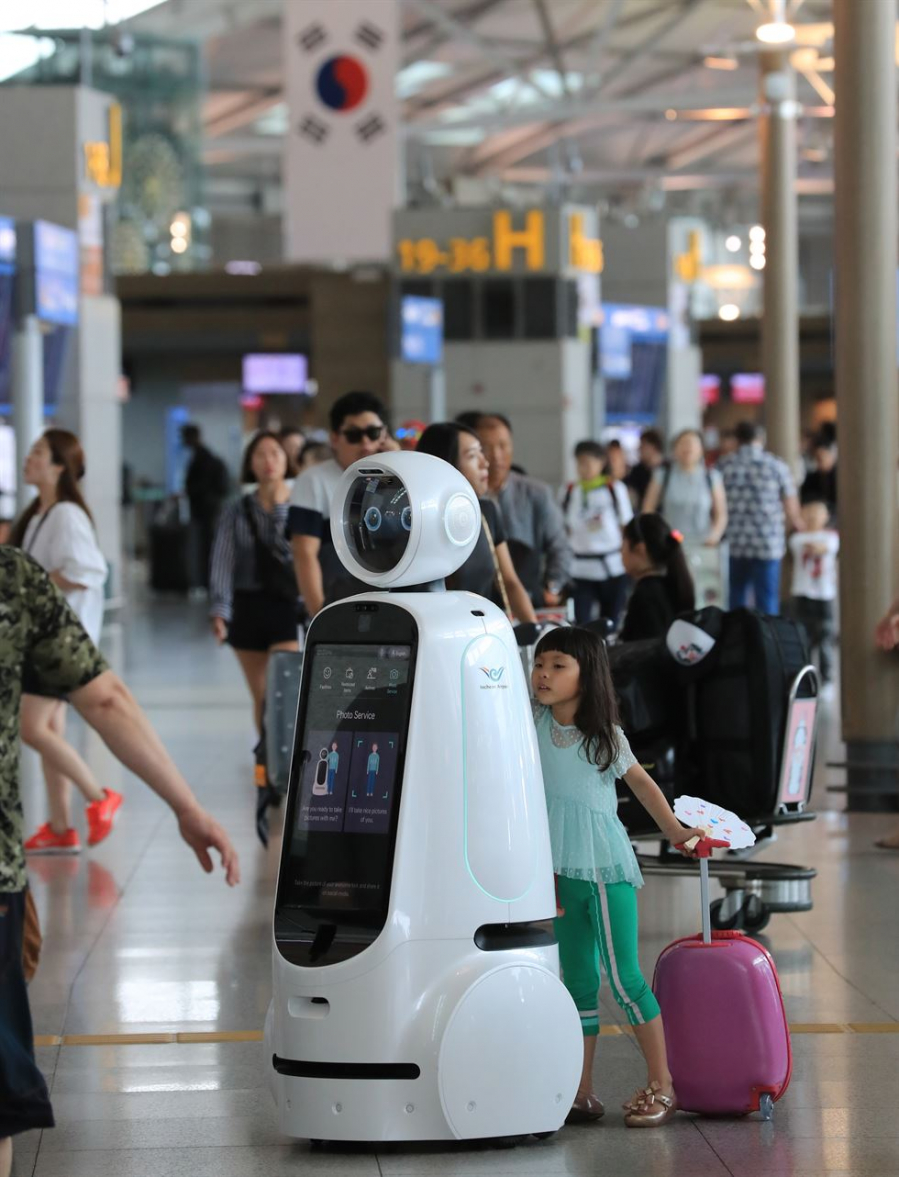
Cute photo-taking robot interacts with people at Incheon Airport, Seoul
Advanced aviation applications
It will not be far-fetched if in 10 years passengers can get weather information, departure gates, suggestions for the nearest restaurants and cafes through phone applications. As phone applications are becoming more and more popular in life with the development of smartphones, what passengers need at the airport will only be contained in their personal phones. The New York Airport Authority is considering providing an application that allows passengers to order food, items and have them delivered directly to the airport. In addition, providing free wifi services on planes will become popular worldwide.
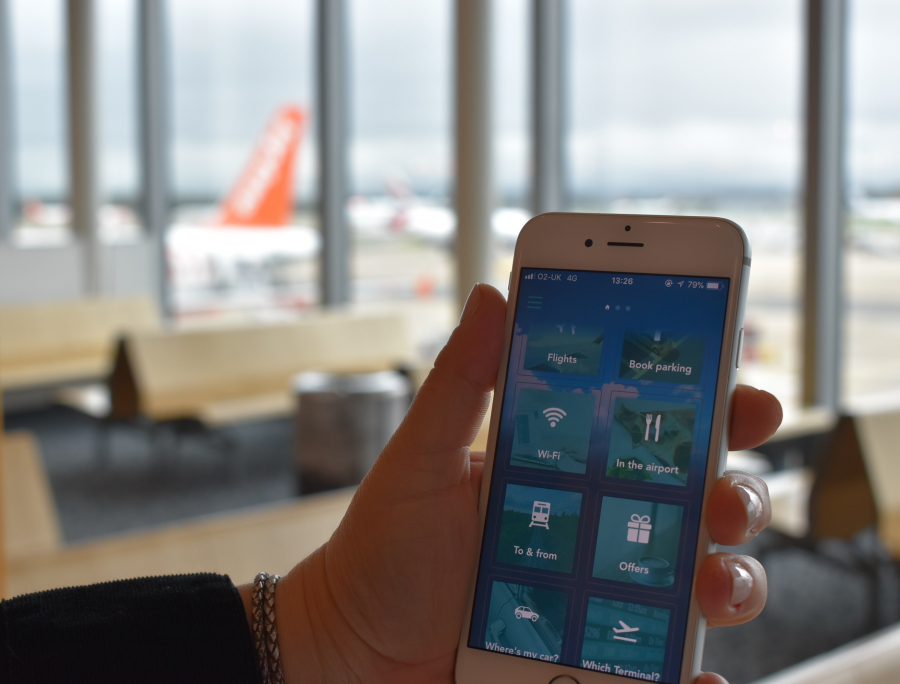
Automation gradually replaces humans
With the development of machines, ground service equipment at airports will be automated instead of using human power as before, including: ramps, jet bridges, trucks carrying goods and luggage, etc. Last year, Heathrow tested automatic ramps and Winnipeg James Armstrong Richardson International Airport in Manitoba, Canada also introduced the first automatic snow plow in North America. In addition, the systems for transporting luggage from aircraft to conveyor belts to customers are also being gradually replaced by specialized machines.

